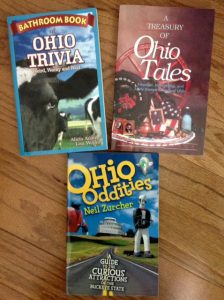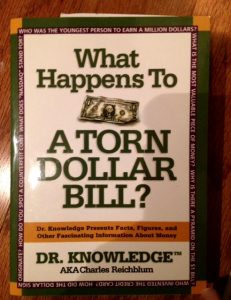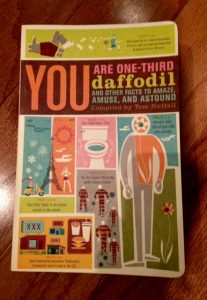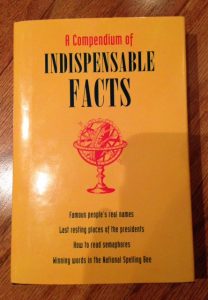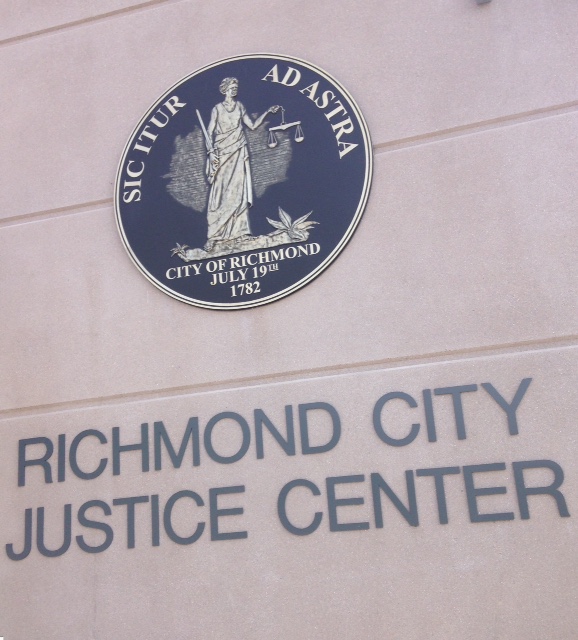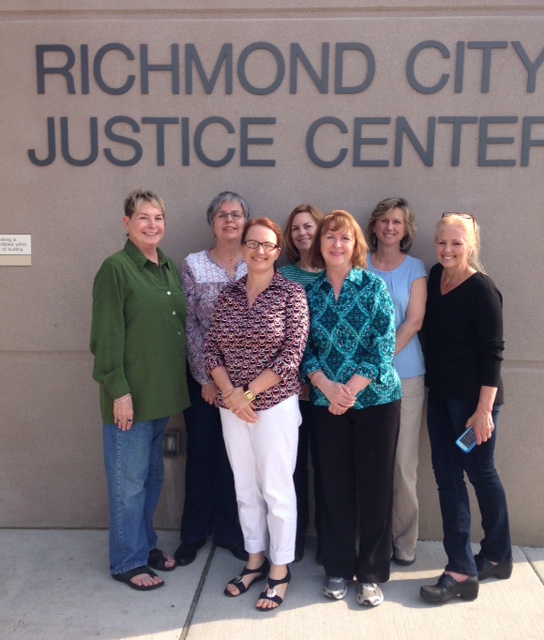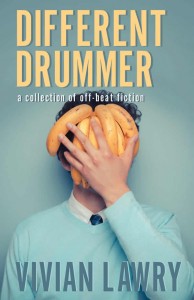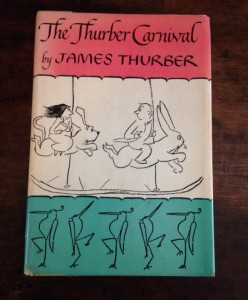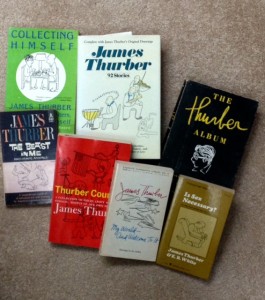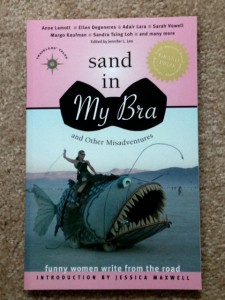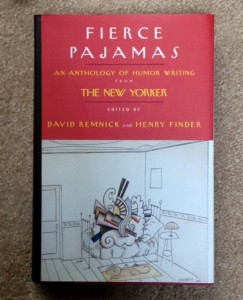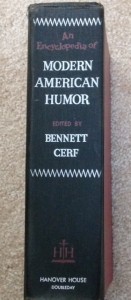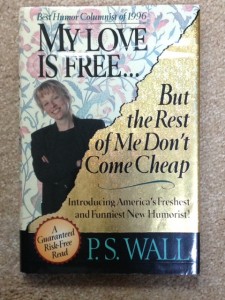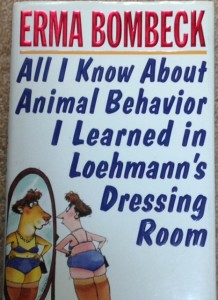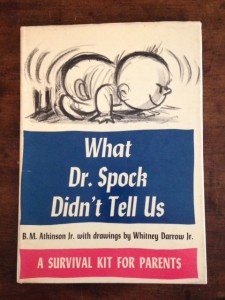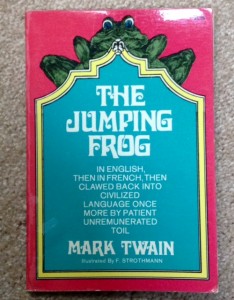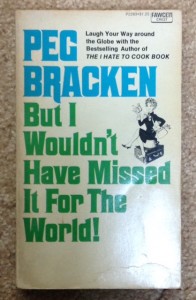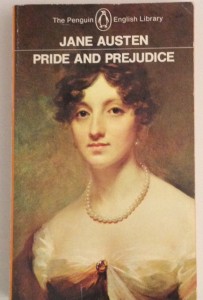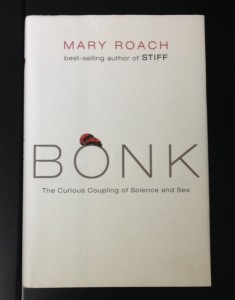Where do you get writing inspiration? You may recall that I recently blogged about the pros of trivia for interest and entertainment.
I mentioned that tomato juice is the official state drink of Ohio. While having a character mention that fact might bring a smile or a raised brow, a writer could milk that tidbit for a whole story—such as a Buckeye living in a famous tomato growing county in Virginia alienating everyone at the annual tomato festival by bad-mouthing the local product, and someone ends up dead.
If your genre includes historical fiction. . .
Then this is the book for you. It includes an alphabetical listing of firsts, covering everything from the first abdominal operation and the first importation of Aberdeen-Angus cattle to the first zoological laboratory to the first zoom lens—thousands of story ideas just waiting to be exploited. For example, the first coeducational medical school in the world was the Boston University School of Medicine, founded in 1873. Imagine that first co-ed class—and the classes they would have had, such as anatomy in the days of grave robbers.
If you are obsessed with money. . .
Then delve into Charles Reichblum’s collection.
Suppose your character is in a bar and another drinker says, “Okay, mate, here’s the deal. I’ve won the lottery, and I want to share the wealth. I’ll give you $1000 a day for a month, or one penny doubled each day for a month.” What would the character choose? Why? And then what happens?
If your genre is magical realism. . .
There’s no better place to look than science.
Genetic mosaics are not so rare, formed by fusing two gametes in utero or a placenta shared between fraternal twins or by the mother’s cells crossing the placental barrier and continuing in her child. Imagine that a woman had children with all of her genetics, so the cell lines were thoroughly mixed.
But it isn’t necessary to turn to hard-core science texts. Bits of science turn up everywhere.
Each newly conceived human has approximately 300 harmful genetic mutations. The life expectancy of professional cyclists is approximately 50. The closest living relative of tyrannosaurus rex is the chicken. And people are genetically one-third daffodil. Create a plot relating any two of these facts and voila, you’re launched.
Whatever your genre, books of little-known information are great sources of ideas.
All sorts of genre’s could generate stories based on which big cats can interbreed, in the wild and in captivity. (Lions with tigers and leopards. Leopards with lions, tigers, jaguars, and pumas. Jaguars with pumas. Servals with caracals.) It could revolve around an animal rights conflict, a new breed going out of control, zoo politics, or love in the workplace—or whatever your brain produces.
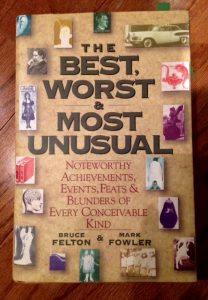
This volume includes topics from consumer products to sports. You can read about a boat race in which two-member crews inside bottomless boats grip the gunwales and run a foot race along a dry river bed—which certainly be fodder for humor. And if you want to tie in to current events, base a character on Victoria Woodhull, who endorsed short skirts, an end to capital punishment, legalized prostitution, birth control, free love, and vegetarianism. On April 2, 1870, she became a candidate for president, running on the National Radical Reformers ticket.

Readers like to learn something new, especially when it pertains to the plot.
Takeaway for writers
Whether you start with an idea and look for off-beat information to support it or welcome inspiration for novel ideas, off-beat information is the way to go.
